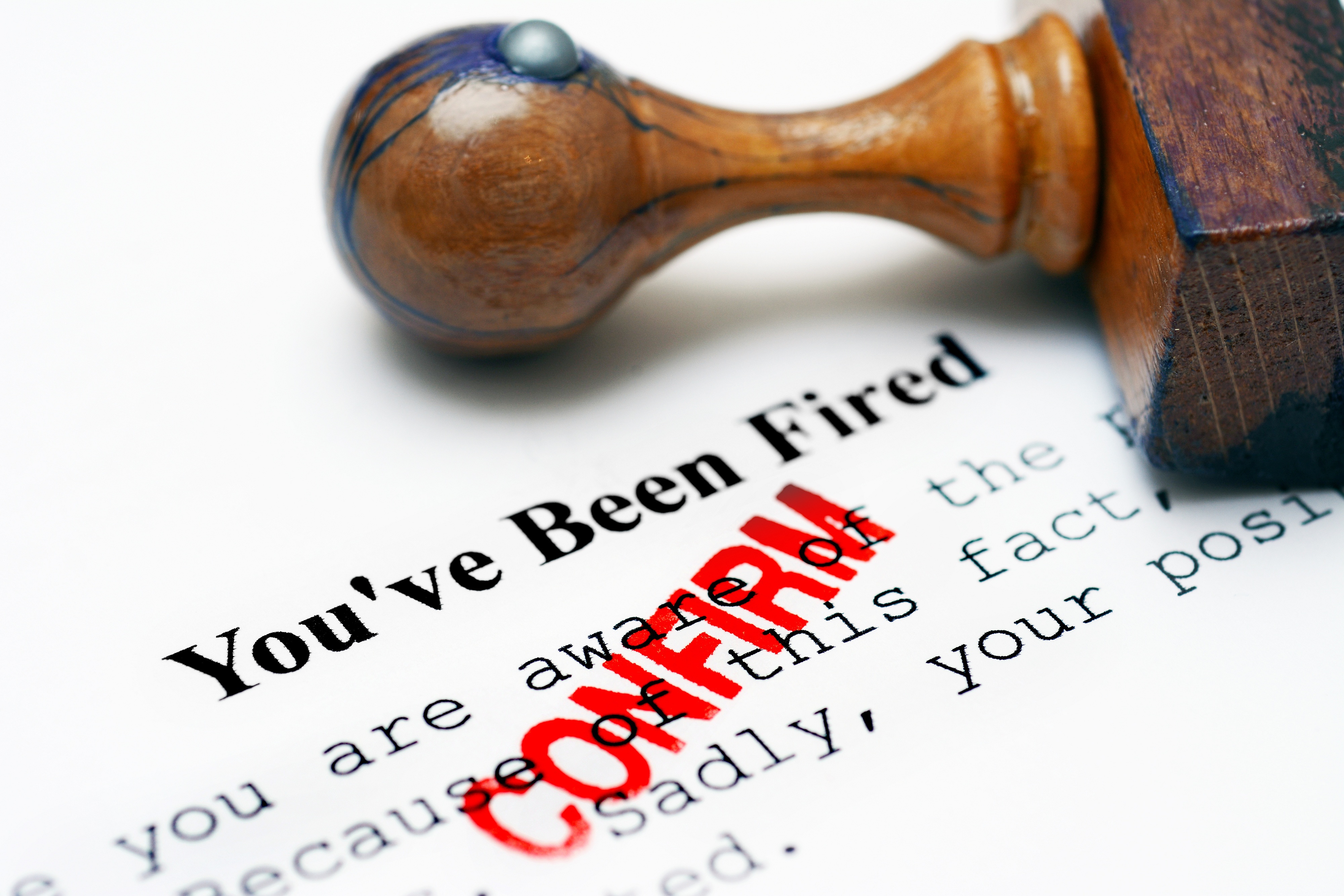This article is a continuation of our termination series. To view the previous article, click here. This series will go over how a termination decision should be made, how the organization handles problems before making a termination and how to convey the news for a constructive face-to-face termination. There are specific guidelines when terminating because all of these factors will impact strongly on the employee’s perceptions, their consequent motivation to act on their emotion negatively and the way your current employees will view how you handle these and following situations. It’s up to you to make a termination something that is going to aid you and your practice or something that could collapse it.
The materials that follow will help you make a better decision and, hopefully, provide communication guidelines for handling the situation as confidently and gracefully as possible.
Guidelines To Follow When Terminating
- When To Do It: The best advice is to communicate the decision as soon as possible to the employee.
- Time of Day: The end of the workday is preferable when everyone else has left; this saves embarrassment.
- Witness: Do have a witness present. This offers protection as well as evidence that various things were or were not communicated.
- What To Tell Others: Simply let your staff know that ____________ (name) is no longer with the practice. If anyone has questions, tell them it is company policy that they would have to ask the person themselves.
- After the News: It is wise to escort the employee out of the practice or else the anger often present could result in some destructive actions; necessity depends on the person and particulars of the situation.
- Reasons: An employee deserves the respect and the dignity of knowing why they have been discharged. To fail to communicate or to try to cover something up with the employee is sure to provoke more outrage on the part of the employee. Convey the reason very simply; do not engage in a long discussion about it. Communicate it with respect. However, you need to use caution in what you communicate; we are in a litigious society, and you don’t want to give them grounds for a wrongful termination suit.
- Firing Your Friend: This is hard to do, but has the built-in trust that will allow communication between you and your friend to help them understand. This does require you to be tough, as it would not be good for you to continue to carry a friend in a job when their performance is disastrous.
- References: The safest policy to use as your guideline is the work history, their statistics, their performance-review results, written warnings and reprimands, etc.
- When the Employee Begs: If an employee begs for a second chance, you have got to be tough and be willing to explain things yet without the slightest indication that you don’t stand by your decision.
- Arguing the Reasons: Don’t argue with the employee. Indicate that you have the specific documentation supporting the reasons. If, on the other hand, the employee’s arguing convinces you something has been overlooked, then indicate you will check it out immediately or as quickly as possible.
- Breakdowns: Do nothing unless your safety seems to be at stake. Let the catharsis run its course, then resume appropriate discussions. If the breakdown continues, let the employee know that you understand and that you will give them a moment to regain their composure before completing the meeting.
- Written Statement: Providing a written termination statement for the employee is a bold communication that relays your ultimate confidence in the matter. Understand that the written statement could become part of the legal record and must be clear and strong enough to stand up in a legal arena.
The above are guidelines intended to help you in this area. It is not intended to be, nor is it, legal advice. You should consult an attorney on any specific legal problems that might come up with employee discharge.
We are now offering a no cost, no obligation 1 hour phone consultation for practice owners, on specific Hot Tip topics. If you received this email, your practice is qualified for this free call with one of our experts.
If you need assistance in implementing this article or any practice management topic, we offer one hour of complementary consulting for free, if you participate in a 15 minute anonymous interview to help us in our upcoming publications. Fill out form below
Scheduled calls have been booked. If you can still see the buttons below, there are availabilities.
This free service is limited to the first 25 bookers.
Take me to more free articles like this!

